Table Of Contents
Reverse-cycle air conditioning is a versatile and efficient solution for heating and cooling your home. This comprehensive guide explores what reverse-cycle air conditioning is, how it works, its benefits, and why it’s an excellent choice for homes in Sydney.
A reverse-cycle AC can provide heating and cooling, making it a popular choice for year-round comfort. Unlike traditional air conditioning systems that only cool, reverse-cycle units are designed to handle Sydney’s varying weather conditions by switching between heating and cooling modes as needed.
How reverse cycle air conditioning works
Let’s examine the specifics of reverse cycle air conditioning to understand how it provides both heating and cooling.
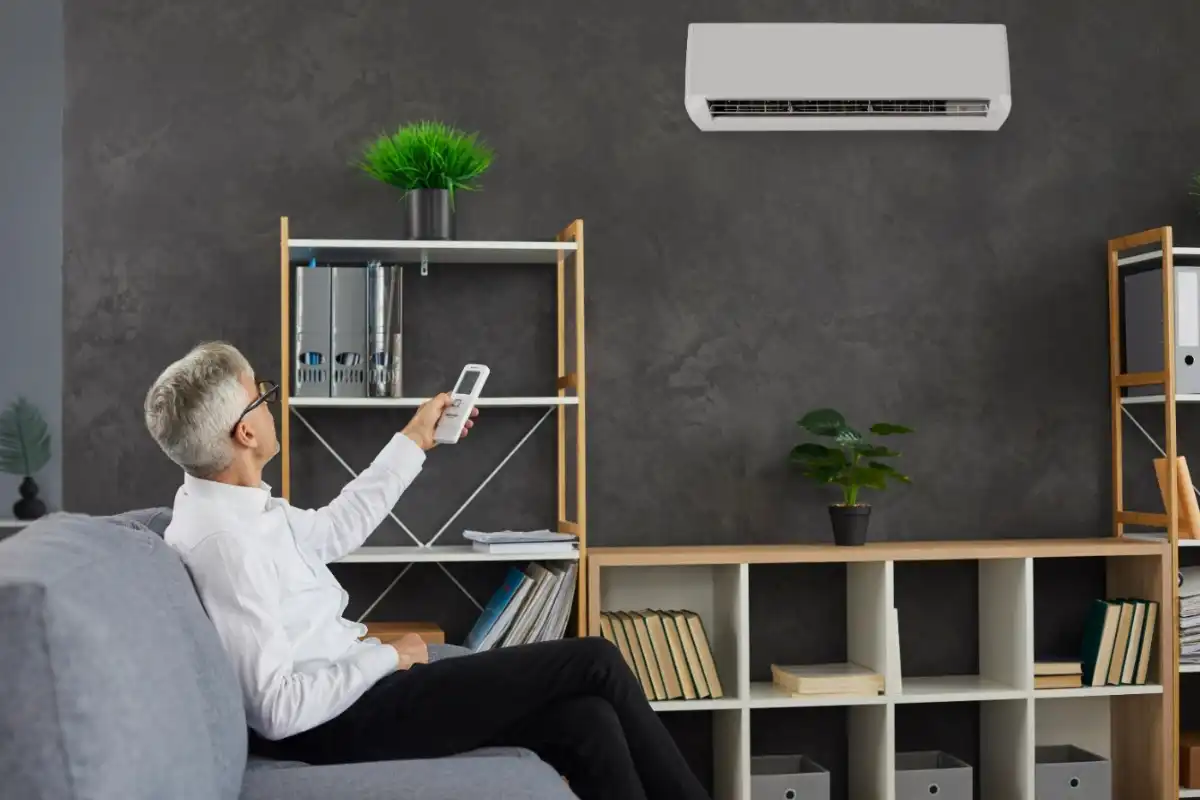
Heat exchange during cooling mode
In cooling mode, the HVAC systems refrigerant absorbs heat from the indoors at the evaporator coil and releases it outside at the condenser coil. This process cools the indoor air, providing a comfortable environment.
Heat exchange during heating mode
In heating mode, the refrigerant absorbs any heat from the outside air at the condenser coil (even in cold conditions) and releases it indoors at the evaporator coil. This process warms the indoor air, maintaining a cosy temperature.
Interaction between indoor and outdoor units
The indoor and outdoor units work together to transfer heat in and out of the home. The outdoor unit extracts or releases heat, while the indoor unit distributes the conditioned air.
Benefits of reverse cycle air conditioning
Reverse cycle air conditioning offers numerous advantages, making it an excellent choice for homeowners in Sydney.
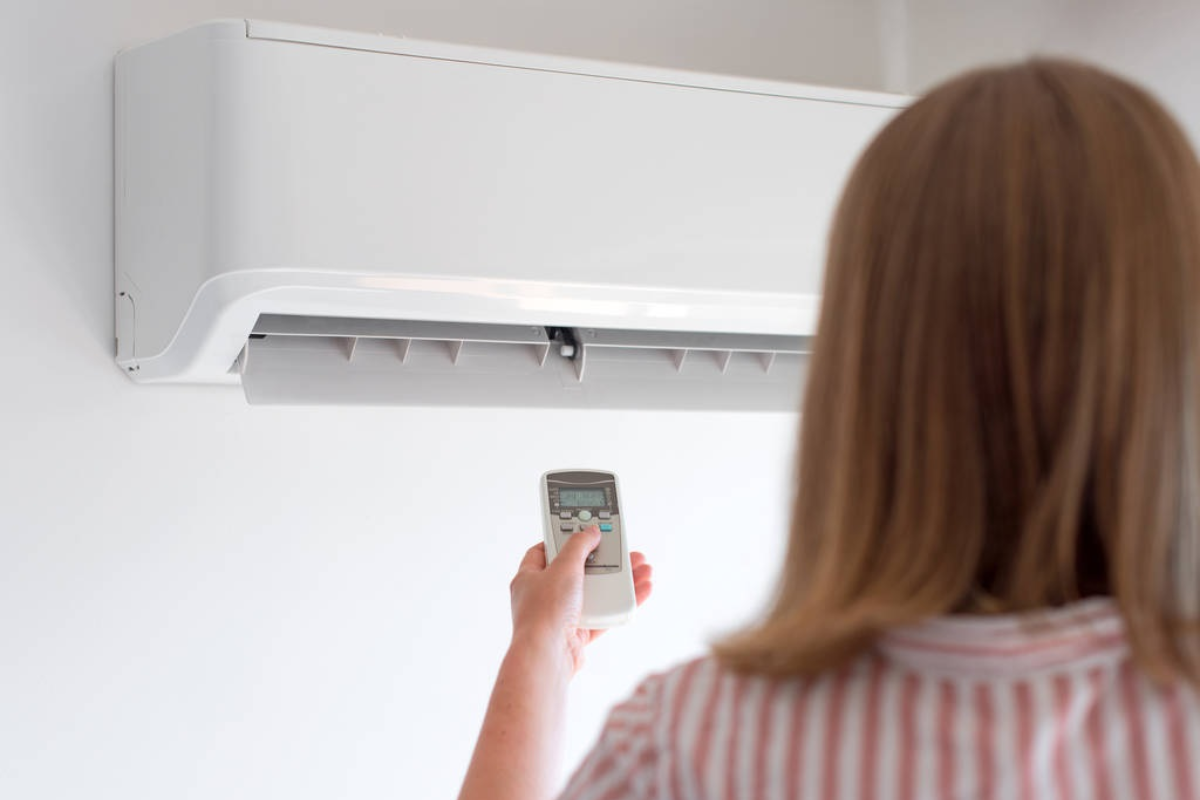
Energy efficiency and cost savings
Reverse-cycle air conditioners are highly energy-efficient, often using less electricity compared to other heating methods. This efficiency translates to greater cost savings on energy bills.
Year-round comfort with one system
Designed to heat and cool, reverse cycle systems provide year-round comfort with a single HVAC unit, eliminating the requirement for separate heating and cooling systems.
Environmentally friendly aspects
By utilising the heat pump mechanism, reverse-cycle air conditioners have a lower environmental impact than systems that rely on fossil fuels. They also produce fewer greenhouse gas emissions.
Consistent indoor air quality
These systems regulate temperature and help maintain indoor air quality by filtering out any dust, pollutants, and allergens, creating a healthier living environment.
Quiet operation compared to other systems
Reverse-cycle air conditioners operate quietly, ensuring minimal disruption to your daily life. This quiet performance is particularly beneficial in residential settings.
Choosing a reverse cycle air conditioning
Selecting the right reverse-cycle air conditioning system involves considering several important factors. Making an informed choice will ensure you choose the system that best suits your needs and home environment.
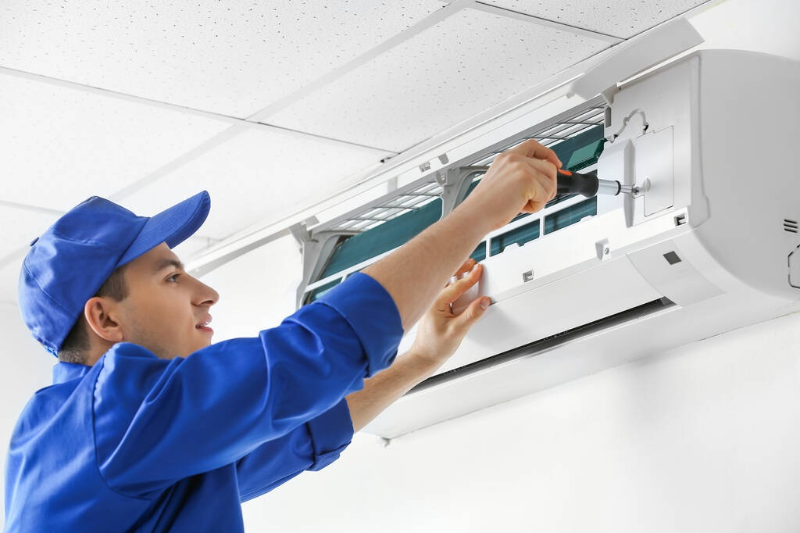
Size and layout of your home
The property size and layout significantly impact the efficiency of your reverse-cycle air conditioning system. Larger residences or those with complex layouts may require more powerful systems or multiple units to ensure even temperature distribution. Getting a professional assessment to determine the appropriate capacity and configuration is essential.
Climate and typical weather patterns in Sydney
With hot summers and cool winters, Sydney’s climate can be pretty variable. When choosing a reverse-cycle air conditioning system, consider the typical weather patterns and ensure the system can perform efficiently in both extremes. Systems with higher efficiency ratings are often better equipped to handle these variations.
Energy efficiency ratings and running costs
Energy efficiency is a critical factor affecting your environmental footprint and electricity bills. Keep an eye out for HVAC units with high energy efficiency ratings, like those with good Seasonal Energy Efficiency Ratio (SEER) and (HSPF)Heating Seasonal Performance Factor ratings. These ratings provide insight into the system’s performance and cost-effectiveness over time.
Installation and maintenance requirements
Proper system installation and regular maintenance are vital for the long-term performance of your reverse-cycle air conditioning system. Ensure that qualified professionals carry out the installation and inquire about the maintenance requirements. Regular and professional maintenance, such as filter cleaning and professional servicing, will help keep the system running efficiently and extend its lifespan.
Brand reputation and warranty terms
Picking a reputable brand with a solid warranty can provide greater peace of mind and ensure reliable performance. Research varying brands, read customer reviews and compare warranty terms. A good warranty can prevent unexpected repair costs and indicate the manufacturer’s confidence in their product.
Types of reverse cycle air conditioning systems
Several types of reverse-cycle air conditioning systems are suited to different needs and home configurations. Understanding the selections available can help you choose the best system for your home.
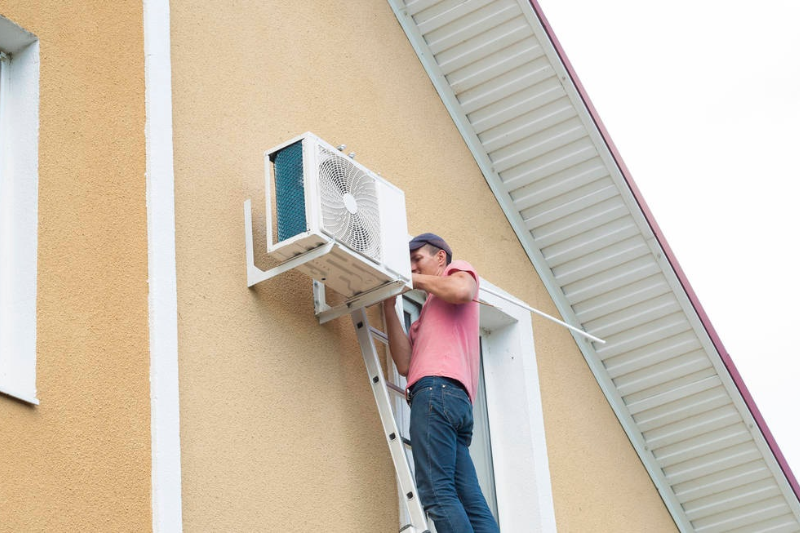
Split systems
Split systems are one of the most prevalent reverse-cycle air conditioning types. They consist of an indoor and outdoor system connected by refrigerant piping. These systems are ideal for individual rooms or smaller spaces and are known for their energy efficiency and quiet operation.
Multi-split systems
Multi-split systems are similar to split systems but can connect multiple indoor system units to a single outdoor unit. This setup is ideal for homes with numerous rooms requiring individual temperature control. It offers the flexibility to cool or heat different areas independently.
Ducted systems
Ducted systems are suitable for whole-house heating and cooling. They consist of a central system unit connected to a network of external ducts that distribute conditioned air throughout the home. Ducted systems are discreet, as the indoor unit is usually hidden in the roof space, and only the vents are visible.
Portable units
Portable reverse-cycle air conditioning units offer flexibility and can easily move from one room to another. They are suitable for temporary use or for cooling and heating specific areas. However, they may not be as efficient or powerful as fixed systems.
Wall-mounted units
Wall-mounted units are compact and can be installed high on a wall, making them an excellent choice for rooms with limited space. They are straightforward to install and maintain and offer efficient heating and cooling for specific areas.
Maintenance tips for reverse cycle air conditioning
Proper maintenance is crucial to ensuring your reverse-cycle air conditioning system operates efficiently and lasts longer. Here are some essential maintenance tips to keep your system in top condition.
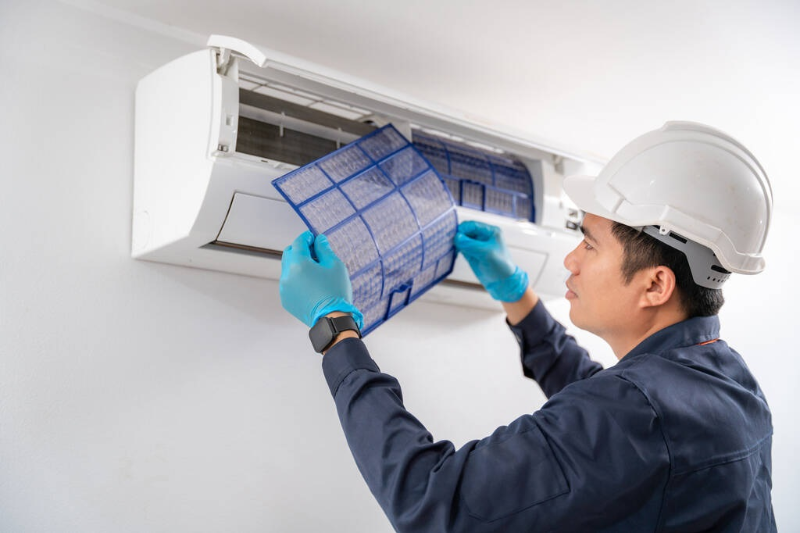
Regularly clean filters
Filters are imperative in maintaining indoor air quality and system efficiency. Dirty system filters can restrict airflow and reduce performance. Clean or replace the system’s filters regularly, especially during peak usage periods, to ensure optimal airflow and air quality.
Schedule annual professional servicing
Annual professional servicing is essential to check the system’s overall condition, identify potential issues, and perform necessary repairs. A qualified technician can inspect components, test system performance, and ensure everything functions correctly.
Check for refrigerant leaks
Refrigerant leaks can adversely impact the efficiency and performance of your air conditioning system. To avoid further damage, regularly check for signs of leaks, such as reduced cooling or heating capacity, and have them repaired promptly by a professional.
Keep outdoor units clear of debris
Ensure the outdoor HVAC unit is free from debris, such as leaves, dirt, and grass. Obstructions can restrict system airflow and reduce the system’s efficiency. Regularly inspect and thoroughly clean the area around the outdoor unit to maintain optimal performance.
Monitor system performance and efficiency
Keep an eye on your system’s performance and energy consumption. Unusual noises, inconsistent temperatures, or increased energy bills can indicate potential problems. Addressing these system performance issues early can prevent more significant problems and costly repairs.
Conclusion
Contact your local Sydney air conditioning specialists for expert advice and professional installation of a reverse-cycle air conditioning system tailored to your home. Investing in a high-quality system and professional service ensures optimal comfort and efficiency throughout the year.
Additionally, professional installation guarantees efficient operation, ensuring that the system works effectively and consumes energy efficiently, leading to cost savings in the long run.
Therefore, taking the step to invest in a reverse-cycle air conditioning system today not only improves your home’s comfort levels but also contributes to energy efficiency and reduced utility costs. Don’t wait—enhance your home’s comfort with a reverse-cycle air conditioning system today.



